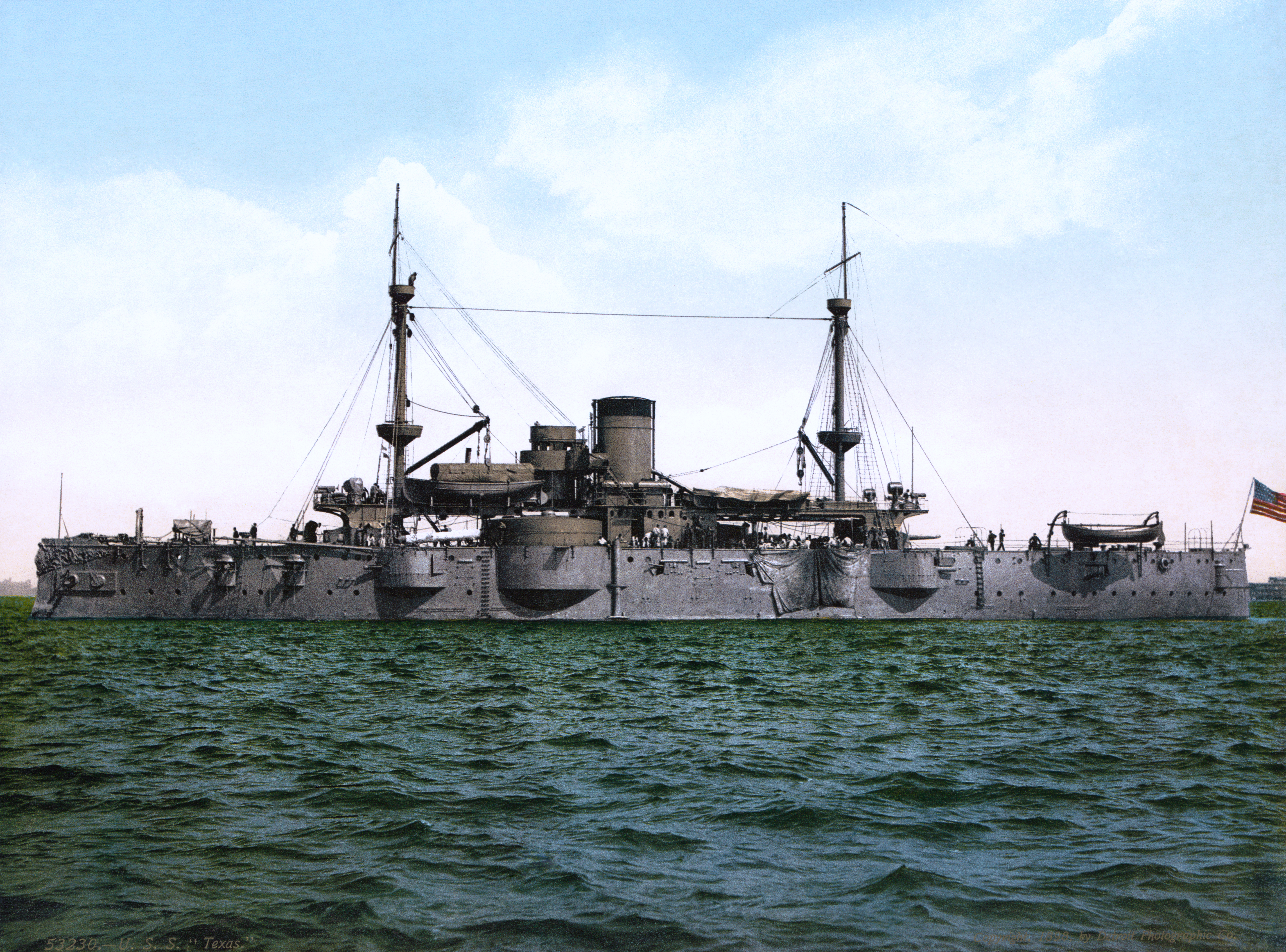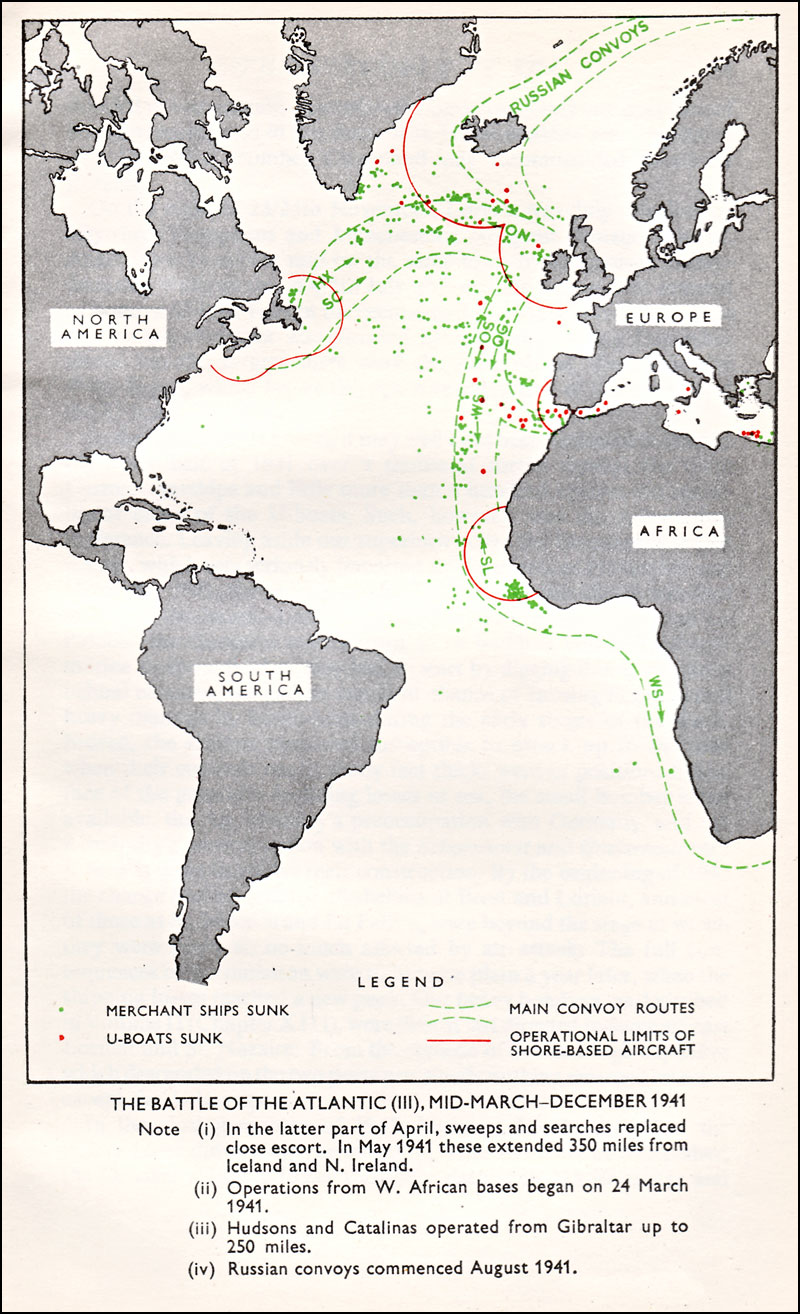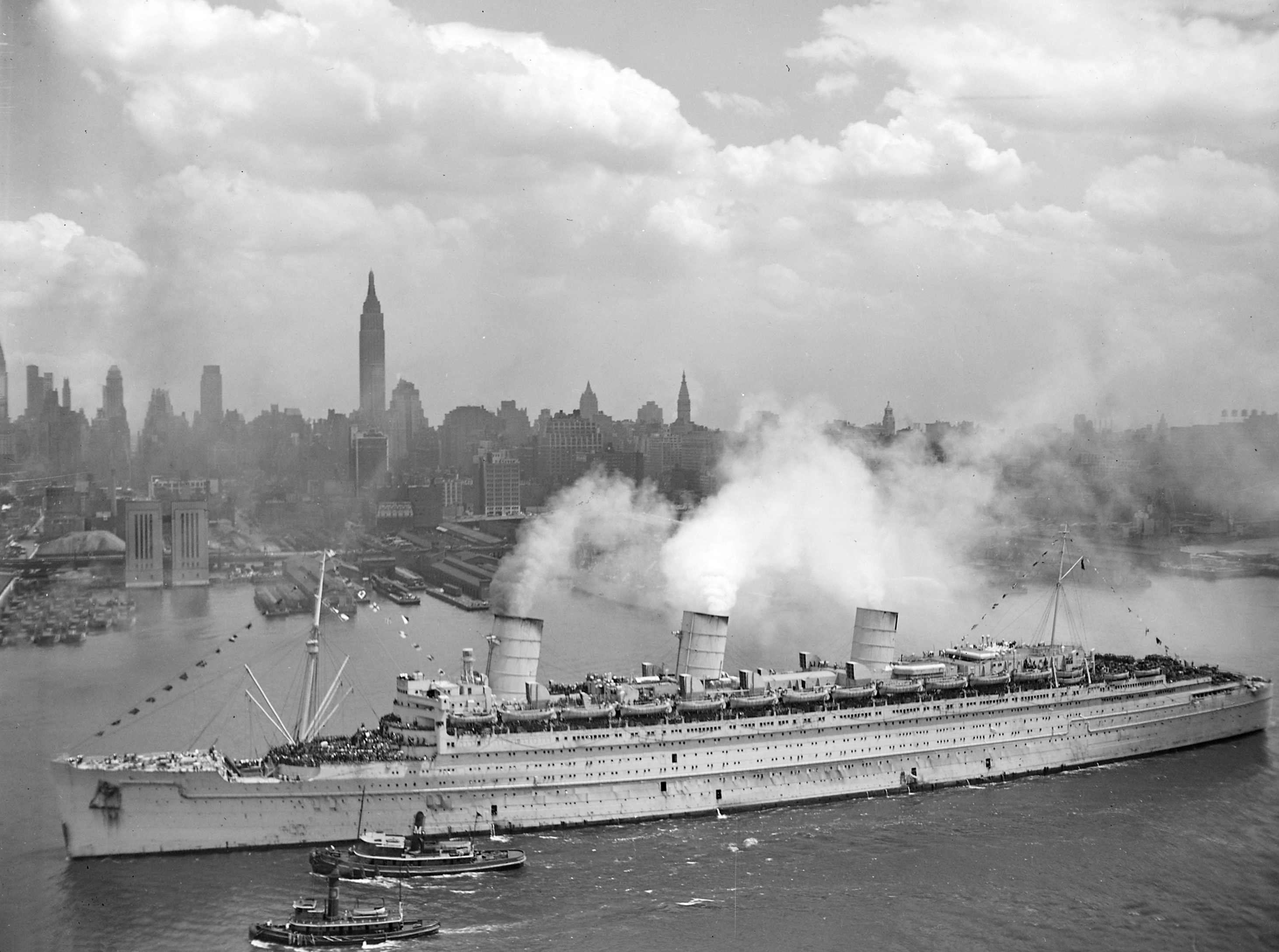|
French Battleship Patrie
''Patrie'' was the second and final member of the of pre-dreadnought battleships of the French Navy built between her keel laying in April 1902 and her commissioning in July 1907. Armed with a main battery of four guns, she was outclassed before even entering service by the revolutionary British battleship , that had been commissioned the previous December and was armed with a battery of ten guns of the same caliber. Though built to an obsolescent design, ''Patrie'' proved to be a workhorse of the French fleet, particularly during World War I. During the ship's peacetime career, ''Patrie'' served with the Mediterranean Squadron; this period was occupied with training exercises and cruises in the western Mediterranean Sea and the Atlantic. She served as the squadron's flagship until replaced by newer vessels in 1911. Following the outbreak of war in July 1914, ''Patrie'' was used to escort troopship convoys carrying elements of the French Army from French North Africa to f ... [...More Info...] [...Related Items...] OR: [Wikipedia] [Google] [Baidu] |
Pre-dreadnought Battleship
Pre-dreadnought battleships were sea-going battleships built between the mid- to late- 1880s and 1905, before the launch of in 1906. The pre-dreadnought ships replaced the ironclad battleships of the 1870s and 1880s. Built from steel, protected by case-hardened steel armour, and powered by coal-fired triple-expansion steam engines, pre-dreadnought battleships carried a main battery of very heavy guns in fully enclosed rotating turrets supported by one or more secondary batteries of lighter weapons. In contrast to the multifarious development of ironclad warships in preceding decades, the 1890s saw navies worldwide start to build battleships to a common design as dozens of ships essentially followed the design of the Royal Navy's . The similarity in appearance of battleships in the 1890s was underlined by the increasing number of ships being built. New naval powers such as Germany, Japan, the United States, and to a lesser extent Italy and Austria-Hungary, began to estab ... [...More Info...] [...Related Items...] OR: [Wikipedia] [Google] [Baidu] |
Commander-in-Chief, Mediterranean (France)
The French Commander-in-Chief, Mediterranean, also known as CECMED (French for ''Commandant en chef pour la Méditerranée'') is a French Armed Forces regional commander. He commands the zone, the region and the Mediterranean maritime ''arrondissements''. He is usually an admiral of the French Navy, and is under the direct authority of the French Chief of the Defence Staff. the position was held by Admiral Yann Tainguy. CECMED today is simultaneously: * Commander of the région and the Mediterranean maritime ''arrondissement'', * Maritime Zone commander, * Maritime Prefect for the Méditerranean. Today the main French naval combat force in the Mediterranean is the Force d'action navale (FAN) headquartered at Toulon. The Admiral commanding the Naval Action Force (ALFAN) is responsible to the Chief of Staff of the French Navy at the rue Royale in Paris. History Mediterranean Squadron Vice-amiral François Fournier was Commander-in-Chief, Mediterranean Squadron (''Commandant ... [...More Info...] [...Related Items...] OR: [Wikipedia] [Google] [Baidu] |
Salonika
Thessaloniki (; el, Θεσσαλονίκη, , also known as Thessalonica (), Saloniki, or Salonica (), is the second-largest city in Greece, with over one million inhabitants in its Thessaloniki metropolitan area, metropolitan area, and the capital city, capital of the geographic regions of Greece, geographic region of Macedonia (Greece), Macedonia, the administrative regions of Greece, administrative region of Central Macedonia and the Decentralized Administration of Macedonia and Thrace. It is also known in Greek language, Greek as (), literally "the co-capital", a reference to its historical status as the () or "co-reigning" city of the Byzantine Empire alongside Constantinople. Thessaloniki is located on the Thermaic Gulf, at the northwest corner of the Aegean Sea. It is bounded on the west by the delta of the Vardar, Axios. The Thessaloniki (municipality), municipality of Thessaloniki, the historical center, had a population of 317,778 in 2021, while the Thessaloniki metro ... [...More Info...] [...Related Items...] OR: [Wikipedia] [Google] [Baidu] |
Ottoman Empire
The Ottoman Empire, * ; is an archaic version. The definite article forms and were synonymous * and el, Оθωμανική Αυτοκρατορία, Othōmanikē Avtokratoria, label=none * info page on book at Martin Luther University) // CITED: p. 36 (PDF p. 38/338) also known as the Turkish Empire, was an empire that controlled much of Southeast Europe, Western Asia, and North Africa, Northern Africa between the 14th and early 20th centuries. It was founded at the end of the 13th century in northwestern Anatolia in the town of Söğüt (modern-day Bilecik Province) by the Turkoman (ethnonym), Turkoman tribal leader Osman I. After 1354, the Ottomans crossed into Europe and, with the Ottoman wars in Europe, conquest of the Balkans, the Ottoman Anatolian beyliks, beylik was transformed into a transcontinental empire. The Ottomans ended the Byzantine Empire with the Fall of Constantinople, conquest of Constantinople in 1453 by Mehmed the Conqueror. Under the reign of Sule ... [...More Info...] [...Related Items...] OR: [Wikipedia] [Google] [Baidu] |
U-boat
U-boats were naval submarines operated by Germany, particularly in the First and Second World Wars. Although at times they were efficient fleet weapons against enemy naval warships, they were most effectively used in an economic warfare role (commerce raiding) and enforcing a naval blockade against enemy shipping. The primary targets of the U-boat campaigns in both wars were the merchant convoys bringing supplies from Canada and other parts of the British Empire, and from the United States, to the United Kingdom and (during the Second World War) to the Soviet Union and the Allied territories in the Mediterranean. German submarines also destroyed Brazilian merchant ships during World War II, causing Brazil to declare war on both Germany and Italy on 22 August 1942. The term is an anglicised version of the German word ''U-Boot'' , a shortening of ''Unterseeboot'' ('under-sea-boat'), though the German term refers to any submarine. Austro-Hungarian Navy submarines were also ... [...More Info...] [...Related Items...] OR: [Wikipedia] [Google] [Baidu] |
Battle Of Antivari
The Battle of Antivari or Action off Antivari was a naval engagement between a large fleet of French and British warships and two ships of the Austro-Hungarian navy at the start of the First World War. The old Austrian protected cruiser and the destroyer were blockading the Montenegrin port of Antivari, when on 16 August 1914, they were surprised and cut off by a large Anglo-French force that had sortied into the Adriatic. ''Zenta'' fought and was destroyed, to give ''Ulan'' a chance to escape, which she did. The ships of the Austrian fleet at Cattaro, unaware of events, did not come out of port to meet the Allied fleet. After blockading the Adriatic for a short while the French were forced to withdraw due to a lack of supplies. Background When war broke out between the Austro-Hungarian Empire and Montenegro, the Austro-Hungarians began a blockade of the Montenegrin coast as well as several bombardments of various towns including the port of Antivari (today Bar), where the pr ... [...More Info...] [...Related Items...] OR: [Wikipedia] [Google] [Baidu] |
Adriatic Sea
The Adriatic Sea () is a body of water separating the Italian Peninsula from the Balkans, Balkan Peninsula. The Adriatic is the northernmost arm of the Mediterranean Sea, extending from the Strait of Otranto (where it connects to the Ionian Sea) to the northwest and the Po Valley. The countries with coasts on the Adriatic are Albania, Bosnia and Herzegovina, Croatia, Italy, Montenegro, and Slovenia. The Adriatic contains more than 1,300 islands, mostly located along the Croatian part of its eastern coast. It is divided into three basins, the northern being the shallowest and the southern being the deepest, with a maximum depth of . The Otranto Sill, an underwater ridge, is located at the border between the Adriatic and Ionian Seas. The prevailing currents flow counterclockwise from the Strait of Otranto, along the eastern coast and back to the strait along the western (Italian) coast. Tidal movements in the Adriatic are slight, although acqua alta, larger amplitudes are known to ... [...More Info...] [...Related Items...] OR: [Wikipedia] [Google] [Baidu] |
Austro-Hungarian Navy
The Austro-Hungarian Navy or Imperial and Royal War Navy (german: kaiserliche und königliche Kriegsmarine, in short ''k.u.k. Kriegsmarine'', hu, Császári és Királyi Haditengerészet) was the naval force of Austria-Hungary. Ships of the Austro-Hungarian Navy were designated ''SMS'', for '' Seiner Majestät Schiff'' (His Majesty's Ship). The k.u.k. Kriegsmarine came into being after the formation of Austria-Hungary in 1867, and ceased to exist in 1918 upon the Empire's defeat and subsequent collapse at the end of World War I. Prior to 1867, the Imperial Austrian Navy or simply the Austrian Navy, saw action in the French Revolutionary Wars, the Napoleonic Wars, the Austrian expedition against Morocco (1829), the Second Egyptian–Ottoman War, the First and Second Wars of Italian Independence, the Second Schleswig War, and the Third War of Italian Independence. Following Austria's defeat by Prussia and Italy during the Seven Weeks' War, the Austrian Empire reformed it ... [...More Info...] [...Related Items...] OR: [Wikipedia] [Google] [Baidu] |
French North Africa
French North Africa (french: Afrique du Nord française, sometimes abbreviated to ANF) is the term often applied to the territories controlled by France in the North African Maghreb during the colonial era, namely Algeria, Morocco and Tunisia. In contrast to French West Africa and French Equatorial Africa which existed as federations of French colonies and administrative entities in their own right, French North Africa was never more than a term of convenience to refer to the three separately governed territories under different forms of colonial regime. In the 19th century, the decline of the Ottoman Empire, which had loosely controlled the area since the 16th century, left the region vulnerable to other forces. In 1830, French troops captured Algiers and from 1848 until independence in 1962, France treated Algeria as an integral part of France, the ''Métropole'' or metropolitan France. In subsequent decades, a substantial European settler population emerged in Algeria k ... [...More Info...] [...Related Items...] OR: [Wikipedia] [Google] [Baidu] |
Convoy
A convoy is a group of vehicles, typically motor vehicles or ships, traveling together for mutual support and protection. Often, a convoy is organized with armed defensive support and can help maintain cohesion within a unit. It may also be used in a non-military sense, for example when driving through remote areas. Naval convoys Age of Sail Naval convoys have been in use for centuries, with examples of merchant ships traveling under naval protection dating to the 12th century. The use of organized naval convoys dates from when ships began to be separated into specialist classes and national navies were established. By the French Revolutionary Wars of the late 18th century, effective naval convoy tactics had been developed to ward off pirates and privateers. Some convoys contained several hundred merchant ships. The most enduring system of convoys were the Spanish treasure fleets, that sailed from the 1520s until 1790. When merchant ships sailed independently, a privateer ... [...More Info...] [...Related Items...] OR: [Wikipedia] [Google] [Baidu] |
Troopship
A troopship (also troop ship or troop transport or trooper) is a ship used to carry soldiers, either in peacetime or wartime. Troopships were often drafted from commercial shipping fleets, and were unable land troops directly on shore, typically loading and unloading at a seaport or onto smaller vessels, either tenders or barges. Attack transports, a variant of ocean-going troopship adapted to transporting invasion forces ashore, carry their own fleet of landing craft. Landing ships beach themselves and bring their troops directly ashore. History Ships to transport troops were used in Antiquity. Ancient Rome used the navis lusoria, a small vessel powered by rowers and sail, to move soldiers on the Rhine and Danube. The modern troopship has as long a history as passenger ships do, as most maritime nations enlisted their support in military operations (either by leasing the vessels or by impressing them into service) when their normal naval forces were deemed insufficient ... [...More Info...] [...Related Items...] OR: [Wikipedia] [Google] [Baidu] |






.jpg)

